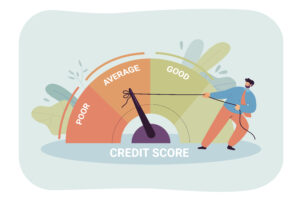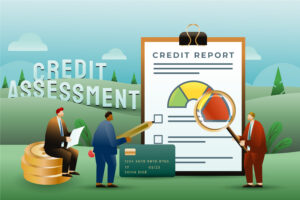Money Literacy for Girls and Maidy in the USA and India: A Path to Empowerment
Money literacy, also known as financial literacy, is a critical life skill that equips individuals with the tools to manage their finances effectively. For young girls in the USA and India, understanding the basics of money can lead to a lifetime of confidence, independence, and economic opportunities. Whether it’s navigating savings or planning for future milestones, financial education is transformative—both for individuals and communities.
Table of Contents
Why Money Literacy Matters for Girls
Imagine a world where every girl is financially literate by the time she enters adulthood. This foundational skill doesn’t just help in budgeting or saving; it instills self-reliance and fosters gender equality. For girls in the USA and India, financial literacy can open doors to:
- Managing day-to-day expenses with confidence.
- Avoiding debt traps, predatory loans, or financial scams.
- Achieving long-term goals like higher education or entrepreneurship.
Statistics reveal a significant gender gap in financial literacy. According to global reports, girls are less likely than boys to receive financial education, yet they often bear greater economic responsibilities later in life. Teaching these skills early is a game-changer.

Challenges Girls Face in Financial Literacy
While the cultural and socioeconomic contexts of the USA and India differ, the barriers to financial literacy for girls often stem from systemic issues and lack of resources.
Challenges in the USA
In the United States, financial literacy education is not universally mandated in schools. Many young girls, particularly in low-income households, miss out on these lessons. This can lead to:
- Over-reliance on credit cards.
- Poor emergency savings habits.
- A lack of preparation for significant expenses like college tuition.
Challenges in India
In India, the hurdles are even steeper due to entrenched gender norms and limited access to quality education in rural areas. Girls often face:
- Scarce representation of women in financial decision-making roles.
- Cultural barriers that discourage financial independence.
- Limited exposure to formal banking and investment systems.
How to Teach Financial Literacy to Girls

1. Start With Needs vs. Wants
Introduce the concept of differentiating between essential and non-essential expenses. For example, if Maidy, a girl in the USA, gets a weekly allowance, encourage her to save a portion for essentials while allocating a small part for fun activities.
2. Make Budgeting Fun
Interactive tools like budgeting apps or board games can make learning enjoyable.
- In the USA: Use apps like Greenlight, tailored for kids.
- In India: Leverage digital calculators or local financial literacy programs.
3. Explain the Power of Interest
Demonstrate how money grows over time. For instance, compare saving in a piggy bank to opening a bank account with interest, using the analogy of planting seeds that grow into trees.
4. Showcase Female Role Models
Highlight stories of successful women entrepreneurs or financial leaders. Role models like these inspire girls to envision themselves as financially independent and capable of achieving their dreams.
The Role of Schools and Communities
Educational institutions and community programs can significantly influence financial literacy outcomes for girls.
Schools
- Incorporate money management into the curriculum, emphasizing real-world scenarios like student loans or taxes.
- Use interactive tools and project-based learning to keep students engaged.
Communities
In both nations, NGOs and local organizations can step in to fill the gaps. For instance:
- In India, programs targeting rural areas can teach banking basics.
- In the USA, mentorship initiatives in underprivileged communities can introduce concepts like investments and credit scores.
How Families Can Support Financial Literacy to Maidy and Girl.
- Encourage Goal Setting: Have open conversations about short-term and long-term financial goals.
- Model Good Behavior: Show how to make smart financial choices, like shopping on a budget.
- Provide Hands-On Experience: Allow children to manage small sums of money for personal expenses to practice budgeting and saving.
Benefits of Financial Literacy for Girls
Empowering girls with financial literacy creates a ripple effect. It doesn’t just help them; it uplifts entire communities. Girls who are financially educated are more likely to:
- Break cycles of poverty.
- Start their own businesses.
- Influence their families and peers positively.
For example, Room to Read, a global nonprofit, found that financial education boosts girls’ confidence, reduces drop-out rates, and encourages entrepreneurial thinking.
Conclusion
Teaching financial literacy to girls in the USA and India is more than a skill—it’s a pathway to empowerment. Whether it’s learning to save, budget, or invest, equipping girls with these tools prepares them for a brighter, more secure future. Parents, schools, and communities must work together to bridge the financial literacy gap and ensure every girl has the opportunity to succeed. By starting small—like Maidy saving her allowance or a young girl in rural India opening her first savings account—we can ignite a global movement toward gender equality and economic prosperity













Post Comment